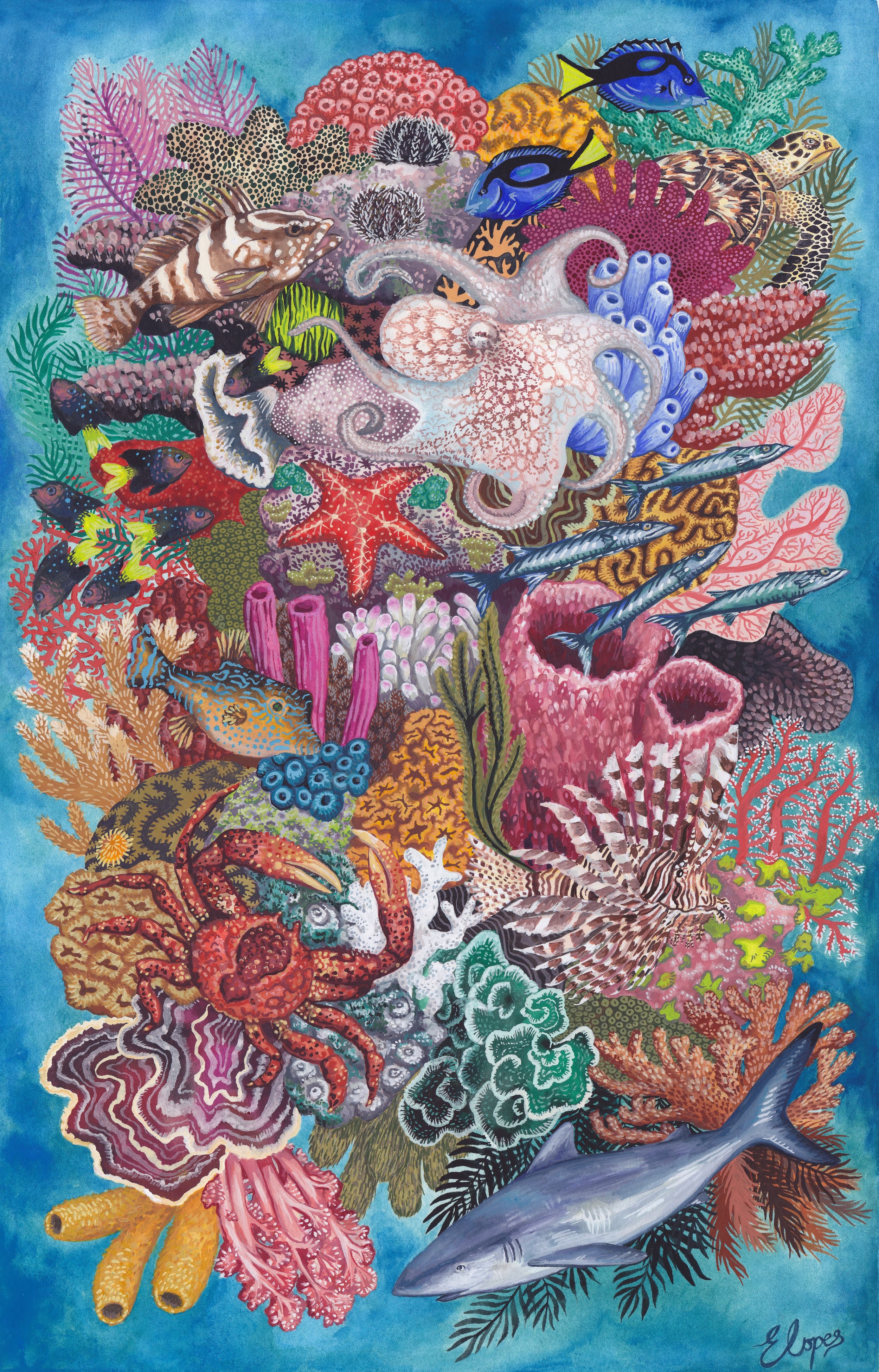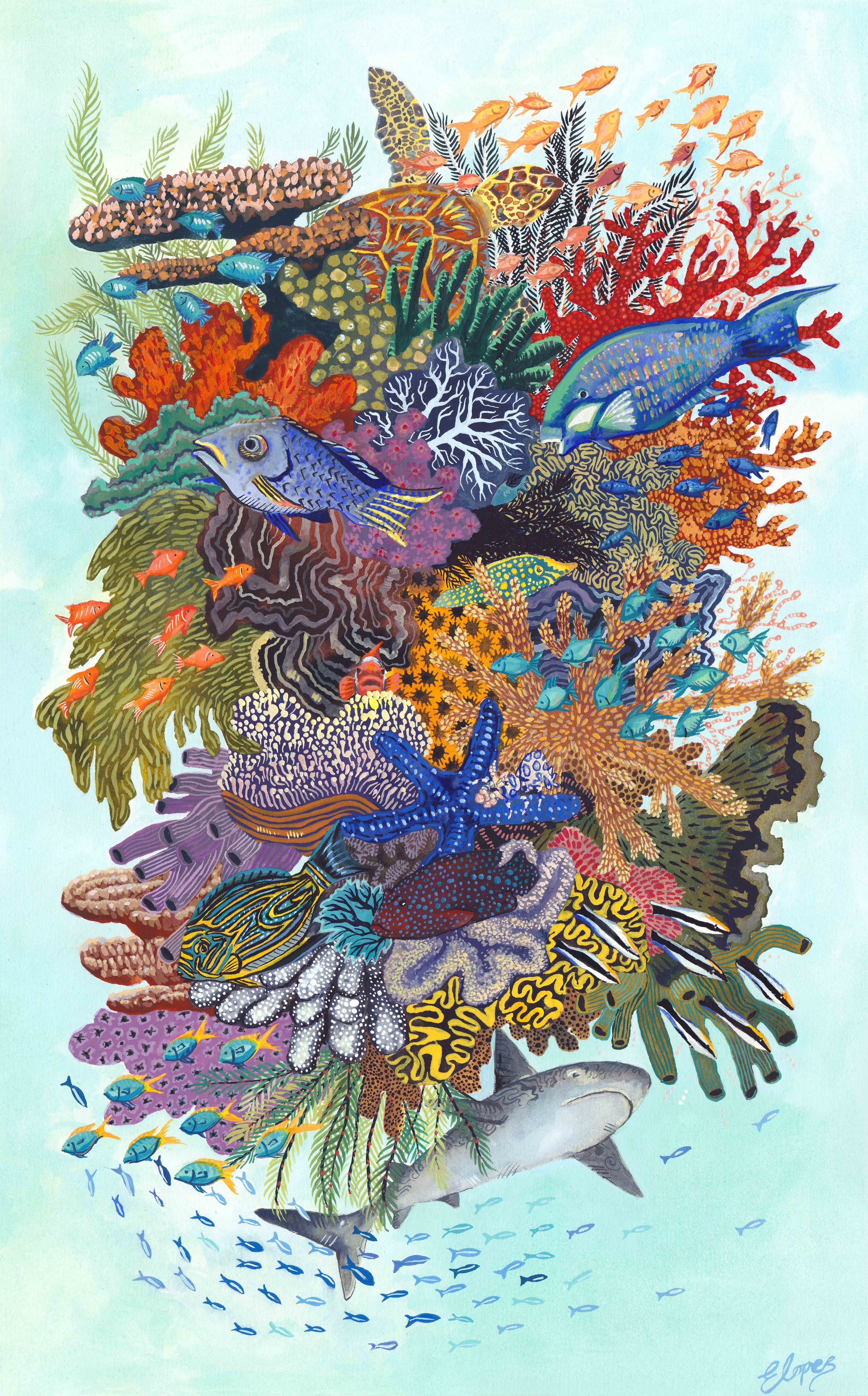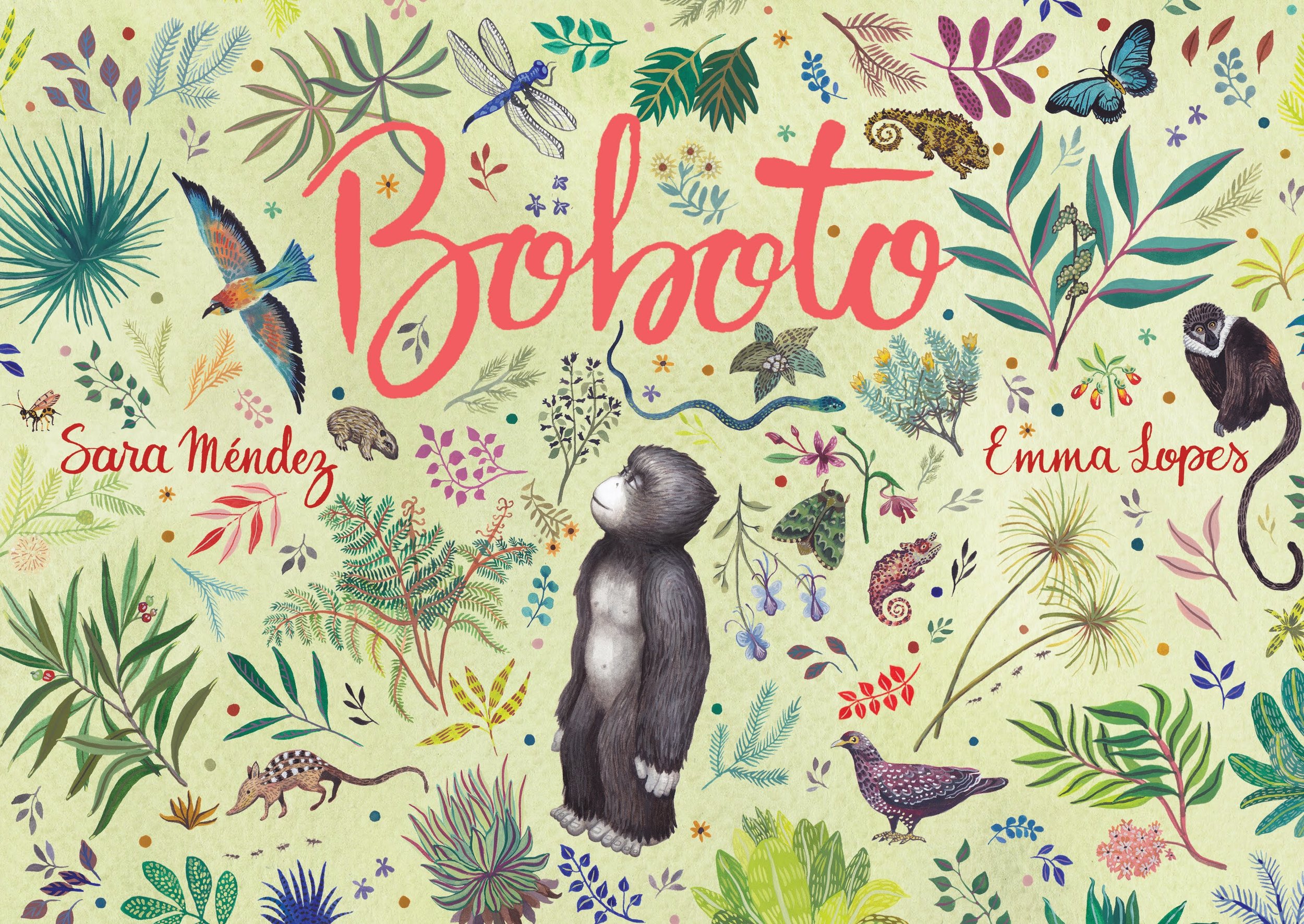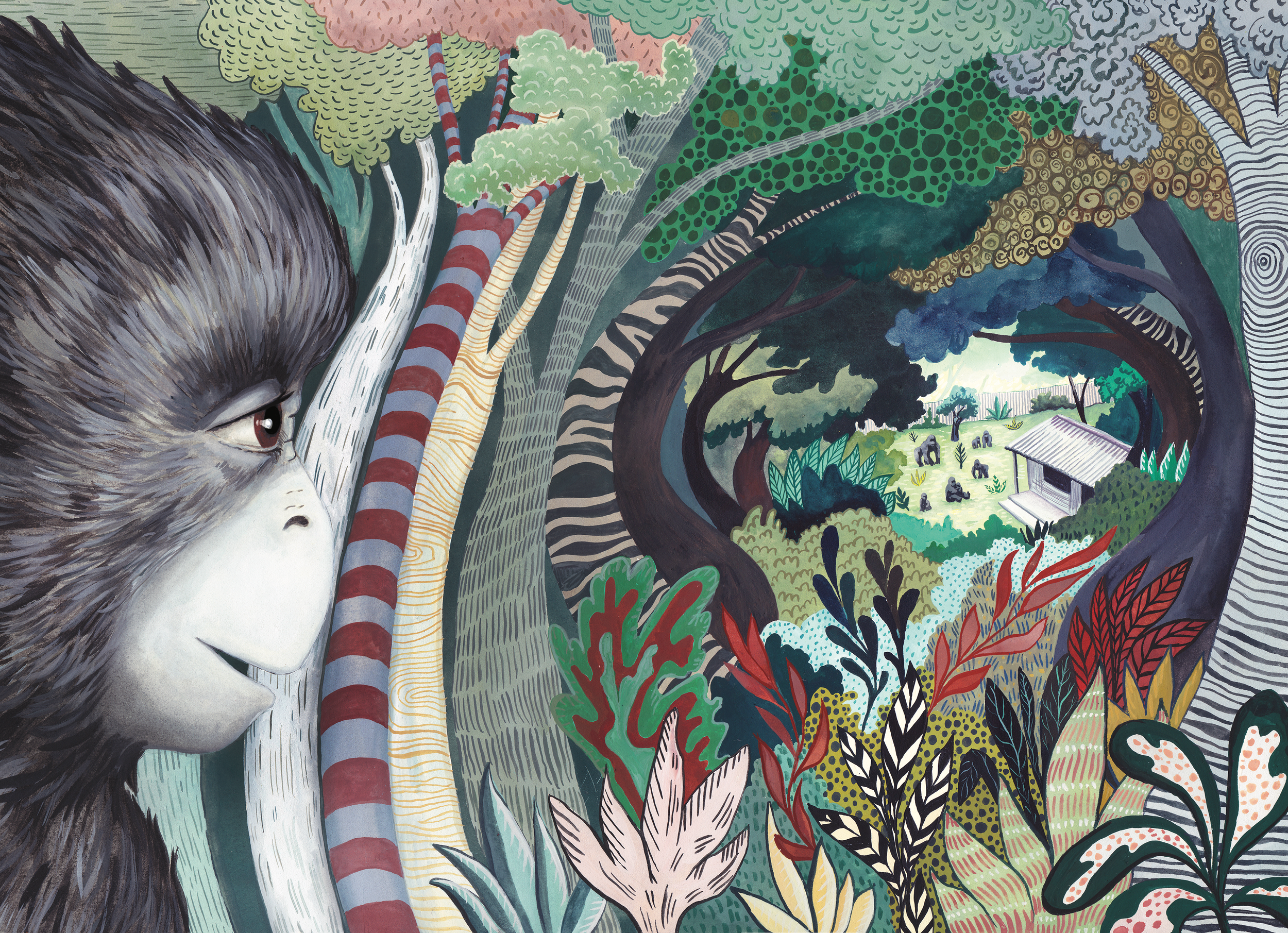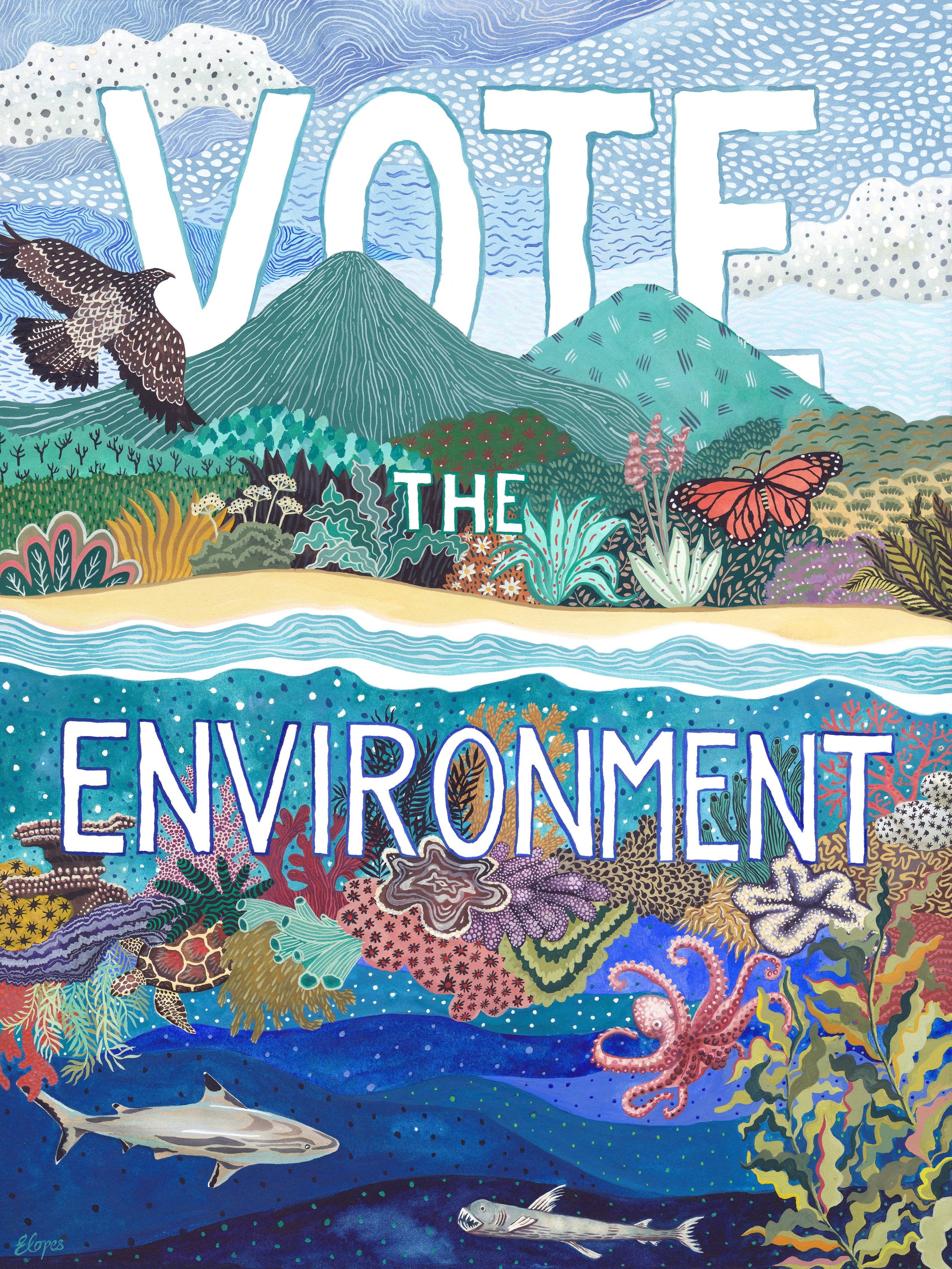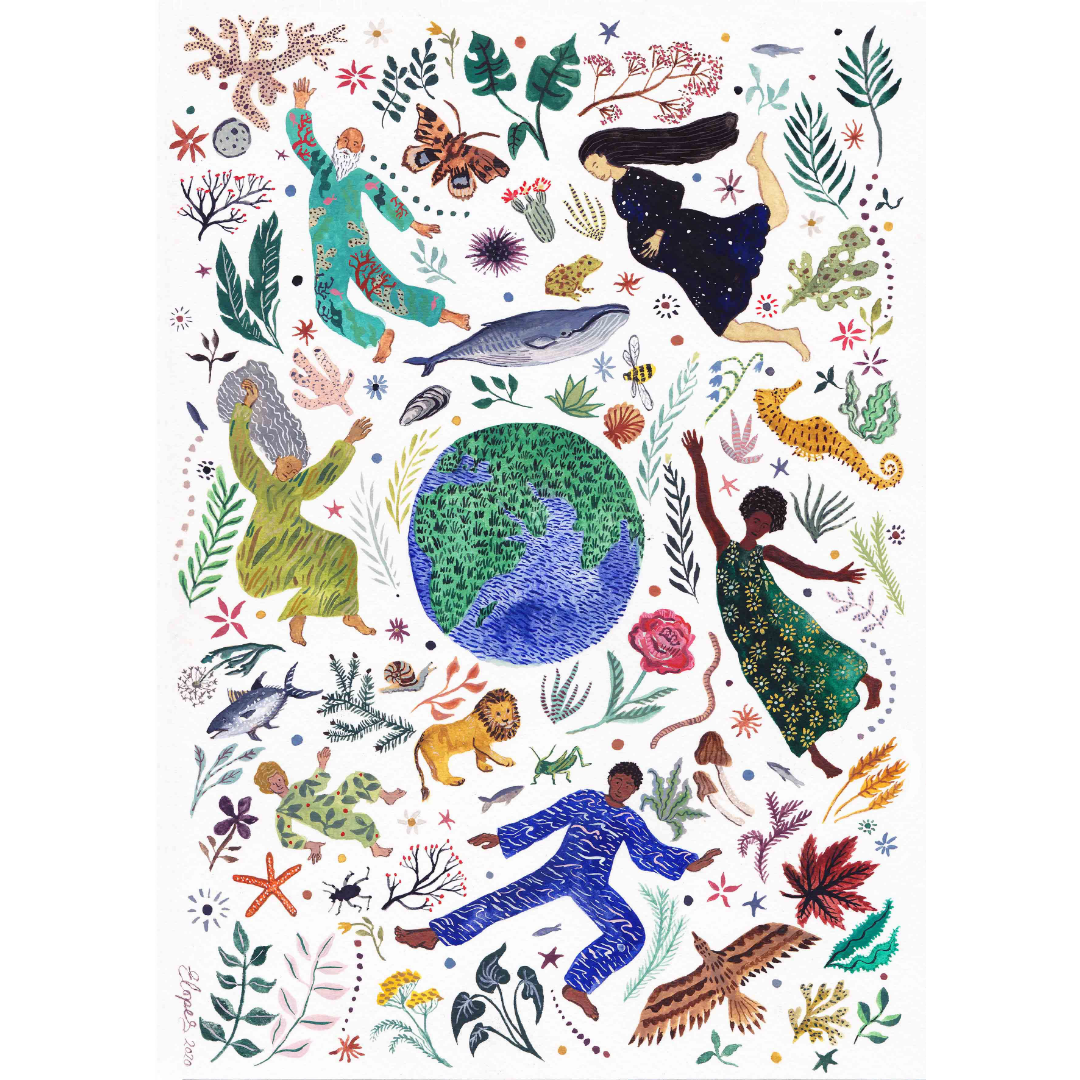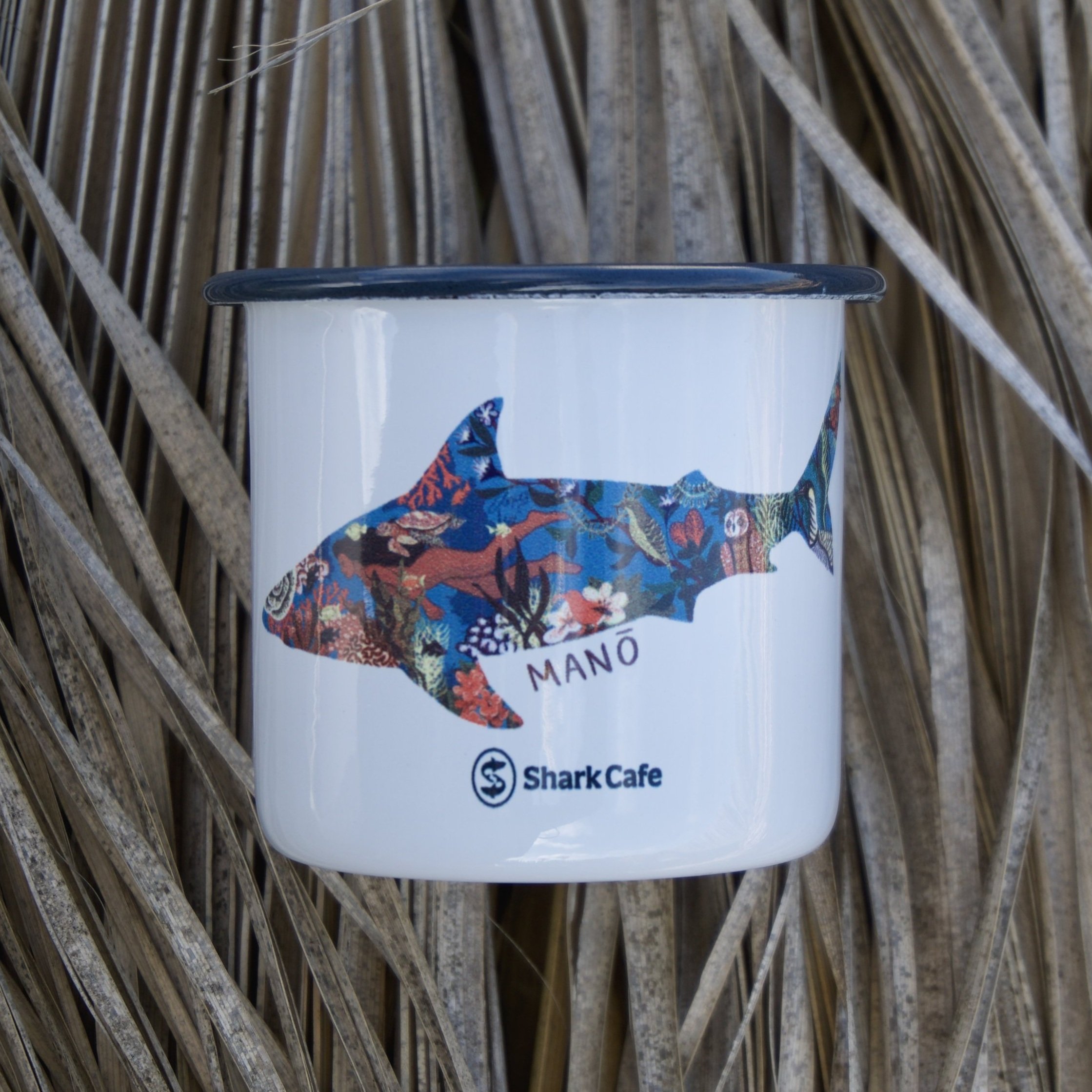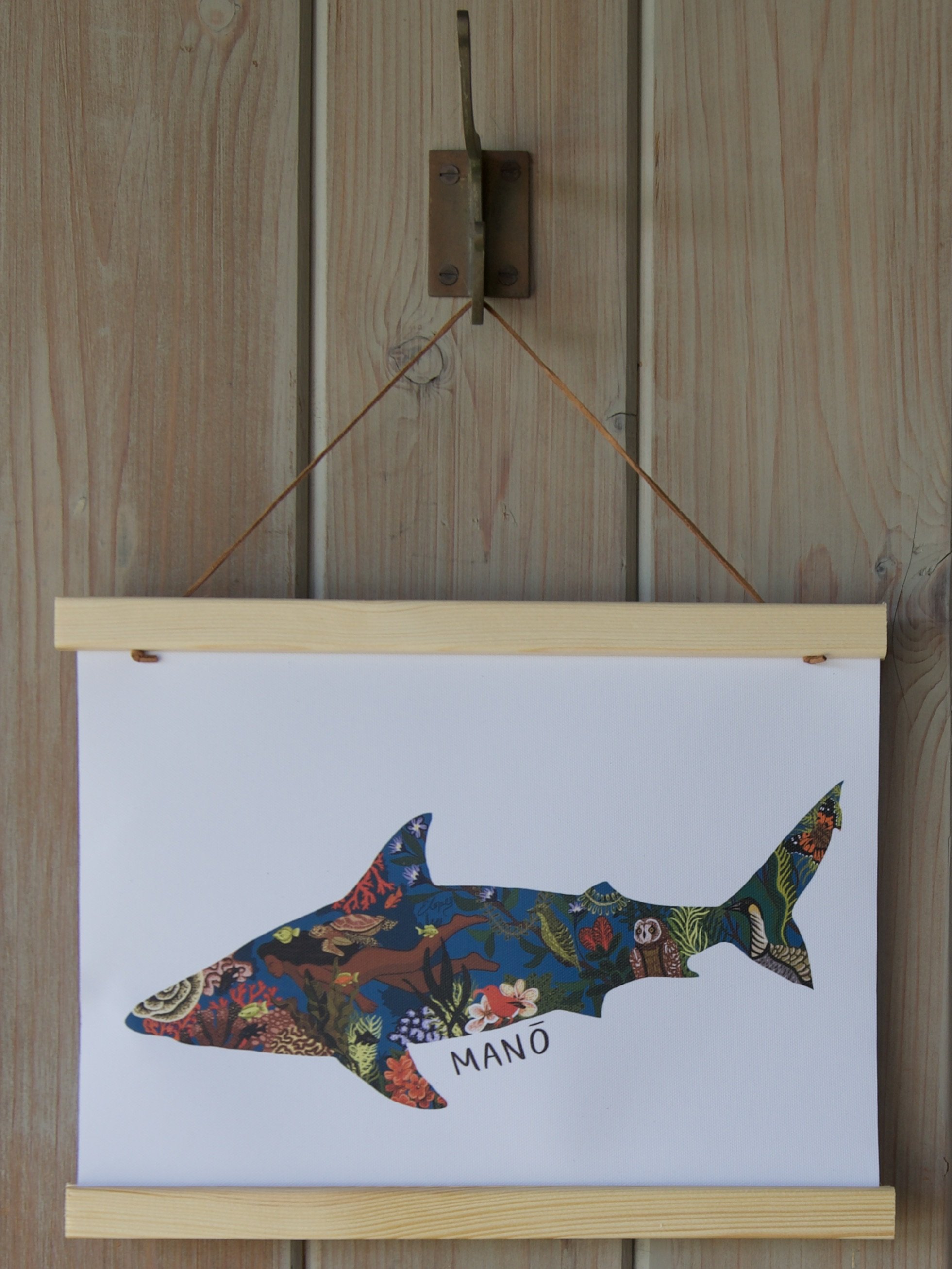Art for Activism: Emma Lopes
On Earth Day, we acknowledge the importance of sharks not only to our planet, but to cultures around the world. Sharks play an important role in many Pacific Island cultures, often holding a significant status as a deity, as a manifestation of ancestors, or as a guide to voyagers and fishermen.
What is important about these stories and beliefs is that it shows us that there is a different way of relating to sharks and the ocean, where humans live in harmony and not in domination of nature, where wild animals are admired and accepted, and where the utmost respect is given to the forces of the ocean.
Manō, Hawaiian for "shark", holds special meaning for the Shark Allies team, as that is where our story began. Thus, our Earth Month artist collaboration celebrates everything that manō represents.
Emma Lopes is an artist who thrives on the interconnectivity of the natural world, making her the perfect person to create the new manō design. She’s also the artist behind the ‘Love the Ocean’ design on our favorite recycled puzzles. We sat down with Emma to learn more about her journey as an artist, what inspires her, and the message she hopes to spread with her artwork.
SC: Tell us about your journey. Have you always been an artist?
EL: Yes! Ever since I can remember, holding a pen or paintbrush I get lost in creative flow. My first passions were art and nature. As a kid, I wanted to be a marine biologist or an artist. It was hard to decide between the two, through which lens to study the world!? In the end I studied fine art, but after graduating I found myself juggling waitressing jobs, gallery jobs etc. to pay the bills, which left me with very little time to paint. So I spent about a decade travelling the world teaching yoga and English as a foreign language and working in sketchbooks. Years that, on paper, may not have been that productive but so important in terms of my own growth, understanding of the world and learning about different cultural perspectives. I think this time also solidified the story that I wanted to tell through my art was our place within nature and the interconnectivity of life.
SC: The intricacy of your artwork really stands out and makes your style instantly recognizable. Tell us about your artistic process.
EL: That's good to hear, as defining my style rather than experimenting with everything is something that has taken me years to cultivate. There are so many materials I love to use and so many ways of working, so choosing my current style was a very conscious choice in focusing, rather than getting drawn in many different directions. For me, the story I want to tell has always been clear, but the language was harder to land upon. I've been working on painting not so much what I see, but an interpretation of it. Patterns and dots have been an important of my work for a long time. They represent repeat patterns within nature that are universal and the tiny building blocks - atoms, cells, proteins - the stardust we are all made of just because it's so humbling to think of things in this way. I have also chosen to work mostly with watercolour and gouache on paper because they are transportable and you do not need much space, they are amongst the more eco-friendly of paints (oils require cleaning with solvents and acrylic is basically plastic so every time you wash your brush it’s shedding microplastics) and because I love the happy accidents that occur when pigment and water combine, which to me makes the work incredibly mindful.
SC: If you could give one piece of advice to aspiring artists, what would that be?
EL: Keep playing and make sure to make time for creating without purpose- for pure joy or to lose yourself in the flow. Also, on a practical note, look after your posture by taking breaks from a fixed position with some movement. There are some really common artists injuries from working in the same position for long periods of time that can be really debilitating. I tend to go for yoga but any movement will help you look after your body which in turn is refreshing for your mind and for any creative blocks!
SC: From phytoplankton to tropical jungles, you've illustrated a wide range of the world's species and habitats. Do you have a particular category or theme that's your favorite to draw?
EL: I'd have to say coral reefs! This is the environment that blows my mind the most when I am there. So much abundance and such intricate relationships between so many life forms, I could never tire of painting them, thinking about them or learning about them. In another life I'd be a coral scientist!
SC: Of all your artwork, are there any pieces that you're particularly proud of? Why?
EL: The Our Planet series that I made during lockdown of 2020 is still really important to me. It was a strange time, and as someone who loves to be in nature but had to mostly stay inside, I became a little obsessed with nature documentaries. I found watching them grounding and motivating in a time of uncertainty. This series of paintings I did for myself, in response to the imagery from the Our Planet documentaries on Netflix. It was also the first body of work I made since having a baby and the first time I really took just for myself since becoming a mother. Of these, Walrus Colony is probably favorite as I think the walrus overcrowding scene is the most heart wrenching.
SC: You also illustrated a book! Tell us about Boboto.
EL: I worked very closely with the author, Sara Mendez, on the story and character of Boboto. With books there is always a big responsibility to be able to transmute a writer's vision into pictures. I loved Sara's story and the way she described the incredible environment of Virunga, the home of the mountain gorillas. I loved researching for the book and tried as much as possible to paint plants and animals native to the region. For about 6 months, I was totally absorbed in Boboto's world. It is a story of sadness but also of hope which shines through, and I think this is a common theme in all conservation stories. Things can be pretty heart-breaking but we can still turn things around.
SC: What was your inspiration in creating the Manō piece?
EL: I love learning about different cultures, particularly stories about the relationship between humans and the rest of the natural world. The western colonial mindset seems to have painted a non-existent imaginary line between humanity and nature which is why I think we can learn so much from listening to the stories of other cultures. There are so many incredible stories about manō in Hawaiian culture, and I was trying to work out what I wanted to convey through just one image. One thing that really captured me in my research was the idea that manō connect us with our ancestors and with nature. For me, it is again the story of interconnectivity that is so truly universal. I decided to present nature embodied within the form of a shark. I brought in native Hawaiian marine and terrestrial species in the form of a sandbar shark with a woman swimming. She is naked, as we all are in our first watery habitat of the womb, part of the tapestry of life rather than a consumer of it.
SC: Have you had any meaningful experiences with sharks (or other marine life) in your own life?
EL: I love being in the water, and my last shark experience was diving with tiger sharks. I felt the place between exhilaration, awe, respect and fear. I'm so grateful for these experiences. Like many, I grew up with a "Jaws"-tinged fear of sharks. All those times my heart skipped a beat when I saw a dark shadow in the water, it turned out to be the shadow of my own surfboard! The villainization of sharks in our culture has been so damaging. We would probably have been fighting their corner a little harder had they been as cute and fluffy as a panda, but this is another reason why a complete re-education is necessary. Learning about sharks has changed my perspective of them. I have a healthy respect for them and would always be cautious when entering their space, but I find them totally beautiful and beguiling.
SC: How do you think art can contribute to conservation efforts?
EL: I think it's about communicating from a heart space rather than a headspace. We are creatures of feeling and this is vital when communicating about these issues. Science is so important to understand in terms of climate, conservation and restoration, but for many people data can be a bit mind boggling. When it comes to the internal shift required to make deep changes, we need to engage in the emotions which is where art and storytelling come in.
SC: What do you hope to convey through your artwork? What is one key message you want the public to take away?
EL: My work is a celebration of nature. I want to communicate the spiritual shift in perspective that is the basis for a connected life and a healthy planet: that we are nature, that we find joy in nature and life in nature. We all live in symbiotic relationships and that looking after our home, this planet, is the same as looking after our own children.
Shop Emma’s artwork at the Shark Cafe! All proceeds directly support shark and ocean conservation efforts via Shark Allies.





